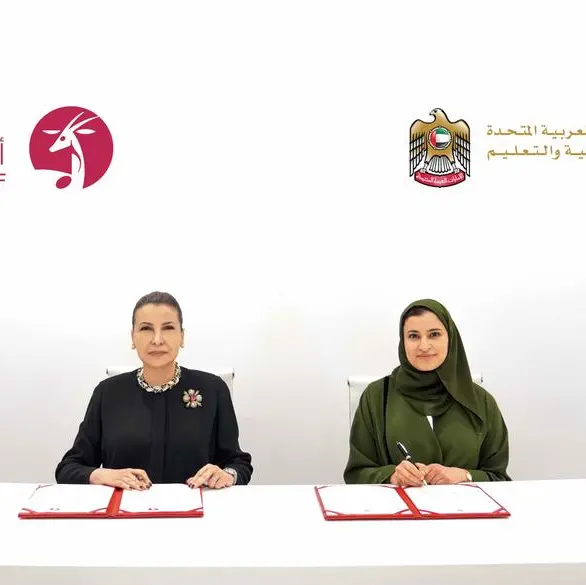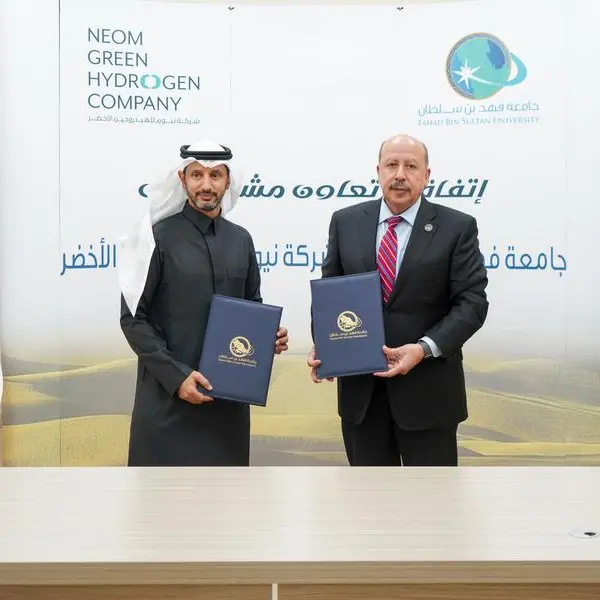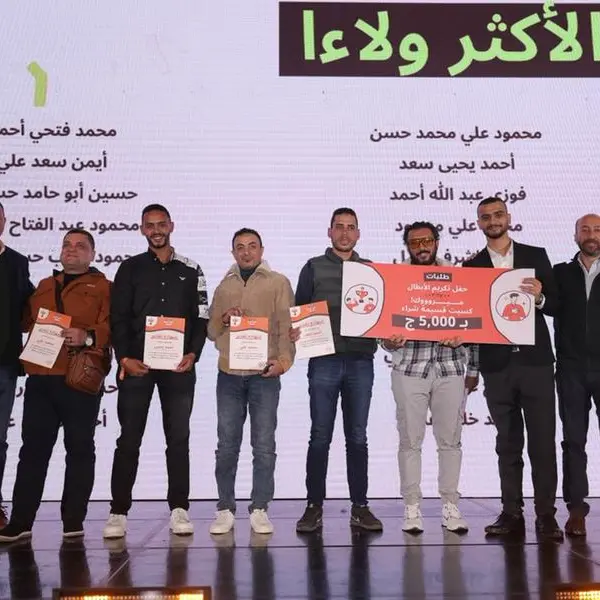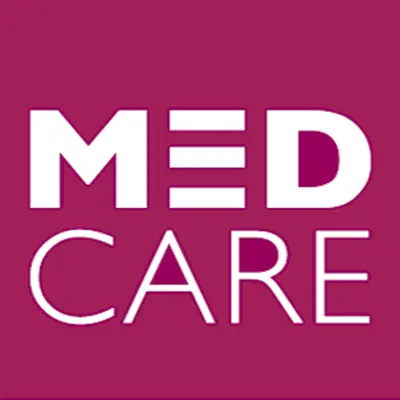The World Rabies Day was celebrated in the presence of a large number of parties involved in combating this disease in Egypt. The Strategic Framework for Elimination of Dog-Mediated Human Rabies in Egypt, was developed in cooperation between the Ministry of Health (MOPH), the Ministry of Agriculture and Land Reclamation (MoALR) and the Ministry of Environment (MOE) with support of the World Health Organization (WHO) and the Food and Agriculture Organization of the United Nations (FAO).
This national strategic framework aims at zero human dog-mediated rabies deaths by 2030, a goal consistent with the global action plan set in 2015 by WHO, OIE, FAO and GARC. Egypt’s strategic framework consists of seven pillars and requires utmost efforts by all actors in a multi-sectoral partnership in order to realize its goal. The pillars include:
- Establish and enhance multi-sectoral approach for rabies nationwide;
- Elimination of rabies among animals through dog population management, mass dog vaccination and promotion of r.esponsible pets’ ownership;
- Prevention of rabies in humans by providing proper management of Post-exposure Prophylaxis (PEP) and raise awareness about proper rabies and animal bites monument;
- Strengthen surveillance systems in both humans and animals;
- Advocacy, Communication, and Social support to raise community awareness and education on dealing with animals;
- Mobilize needed resources;
- Promote operational research.
In Egypt, control of human rabies and animal bites are both included in the national surveillance system of MOHP. Despite the gross underreporting, the average number of clinically reported cases of human rabies is around 50 cases annually with most cases reported among children of 5-14 years and mostly in rural areas. Among reported cases, 70% did not receive PEP for rabies.
“The preventive sector, through the General Department for Infectious Diseases Control, aims to improve preventive services in the field of surveillance and control of common diseases in general, and rabies in particular. As work is being done to develop prevention services as necessary, after being stung or scratched by animals at the level of more than 300 centers distributed throughout Egypt,” said Dr. Alaa Eid, Head of the Preventive Medicine Sector at the Ministry of Health and Population.
“A plan has been started to automate the treatment centers for biting and scratching from animals, as these centers are the mainstay in the fight against rabies. The mechanization of these services keeps pace with the general trend of Egypt within the digital transformation plan, and on the other hand contributes to facilitating the service provided to the citizen, as well as improving the quality of data and information, which helps in taking the necessary and correct procedures and decisions at the right time,” he adde.
MoHP and MoALR are working with other ministries including MoE, Ministry of Local Development and Ministry of Education to concert efforts for prevention and control of animal and human rabies in Egypt.
“Until recently, the global response to rabies was characterized by fragmentation and lack of coordination,” said Dr. Naima El Kassir, WHO Representative in Egypt and Head of Mission. “Now, for the first time, the World Health Organization, the Food and Agriculture Organization of the United Nations, the World Organization for Animal Health and the Global Rabies Alliance are joining forces under the One Health approach to support countries as they accelerate action to eliminate dog-transmitted rabies by 2030.”
“The General Organization of Veterinary Services (GOVS) of MoALR, in cooperation with MOHP are committed to implement the strategic plan to achieve the global initiative to eliminate rabies by 2030. The strategic plan will involve all sectors and I call up on our partners to support its implementation so that dog-mediated rabies will be history in our country,” said Dr. Abdulhakim Ali Chairman of GOVS
Regarding animal bite incidents, a total number of cases of reported animal bites were 482,040 in 2018, compared to 431,917 in 2017 and 355,373 in 2016. It seems that this trend of increased number of reported incidents of animal bites is continuing with 574149 cases reported in 2019 indicating a 20% increase from the previous year. It was also observed that more than 70% of cases of animal bites were by stray dogs.
“FAO considers rabies as one of the priority zoonotic diseases affecting poor communities, and as such it affirms its commitment to provide support for the implementation of the national rabies elimination strategy. Recently, FAO has supported the process of developing a descriptive rabies risk map with the view to guide control interventions in the identified high risk areas,” said Zelalem Tadesse, FAO-ECTAD Team Leader in Egypt. In collaboration with the GOVS and other partners, FAO also plans to pilot rabies control in identified locality and generate a Proof of Concept (PoC) for progressive elimination of rabies through the OH approach.
Rabies is a zoonotic disease, which can be transmitted to humans by animal bites or scratches, mainly dogs. Globally the estimated number of deaths caused by human rabies is 65,000 cases annually. The disease is still common in different countries with rabid dogs responsible for 99% of human rabies.
Rabies is 100% preventable by vaccinating people. Annually, approximately 29 million persons receive rabies post-exposure prophylaxis (RPEP) worldwide. Rabies PEP costs 40-50 US$ per person which is too much for families living at the average of 1- 2 US$ per person/day. Vaccines are not only available for humans, but also for animals consisting an essential element for prevention of rabies.
The world rabies day (WRD) is celebrated every year on 28 September to raise awareness on the risk of rabies as well as mobilize efforts for eradication of the disease.
Distributed by APO Group on behalf of Food and Agriculture Organization (FAO).
© Press Release 2021
Disclaimer: The contents of this press release was provided from an external third party provider. This website is not responsible for, and does not control, such external content. This content is provided on an “as is” and “as available” basis and has not been edited in any way. Neither this website nor our affiliates guarantee the accuracy of or endorse the views or opinions expressed in this press release.
The press release is provided for informational purposes only. The content does not provide tax, legal or investment advice or opinion regarding the suitability, value or profitability of any particular security, portfolio or investment strategy. Neither this website nor our affiliates shall be liable for any errors or inaccuracies in the content, or for any actions taken by you in reliance thereon. You expressly agree that your use of the information within this article is at your sole risk.
To the fullest extent permitted by applicable law, this website, its parent company, its subsidiaries, its affiliates and the respective shareholders, directors, officers, employees, agents, advertisers, content providers and licensors will not be liable (jointly or severally) to you for any direct, indirect, consequential, special, incidental, punitive or exemplary damages, including without limitation, lost profits, lost savings and lost revenues, whether in negligence, tort, contract or any other theory of liability, even if the parties have been advised of the possibility or could have foreseen any such damages.



















